Tired of the same old, mundane workouts that leave you feeling like a hamster on a never-ending wheel? Well, hold on to your kettlebell, because jaw-dropping CrossFit chest workouts in this article is about to unleash a storm of strength and power. Get ready to push your limits, challenge your body, and embark on a transformative journey that will not only sculpt your chest but also take your athletic prowess to new heights. Whether you’re a seasoned CrossFit enthusiast or a fearless fitness newbie, these heart-pounding routines will undoubtedly leave you gasping for air and begging for more. So, grab your battle ropes, dust off your jump box, and prepare to supercharge your fitness game like never before.
What are the muscles of the chest?
There are several muscles that make up the chest, also known as the pectoral muscles. These include:
- Pectoralis major: This is the largest muscle in the chest and is responsible for movements such as pushing and hugging. It also helps with stabilizing the shoulder joint.
- Pectoralis minor: This smaller muscle lies beneath the pectoralis major and assists with movements of the shoulder blade.
- Serratus anterior: This muscle is located on the side of the chest and helps with pulling your arm forward and rotating it.
- Subclavius: This is a small muscle that runs under the collarbone and helps with stabilizing the clavicle.
- Sternohyoid: This muscle runs along the side of the neck and assists with swallowing and breathing.
In addition to these main chest muscles, there are also smaller muscles such as the intercostal muscles which help with breathing, and the pectoralis minor which assists in movements of the shoulder blade [1].
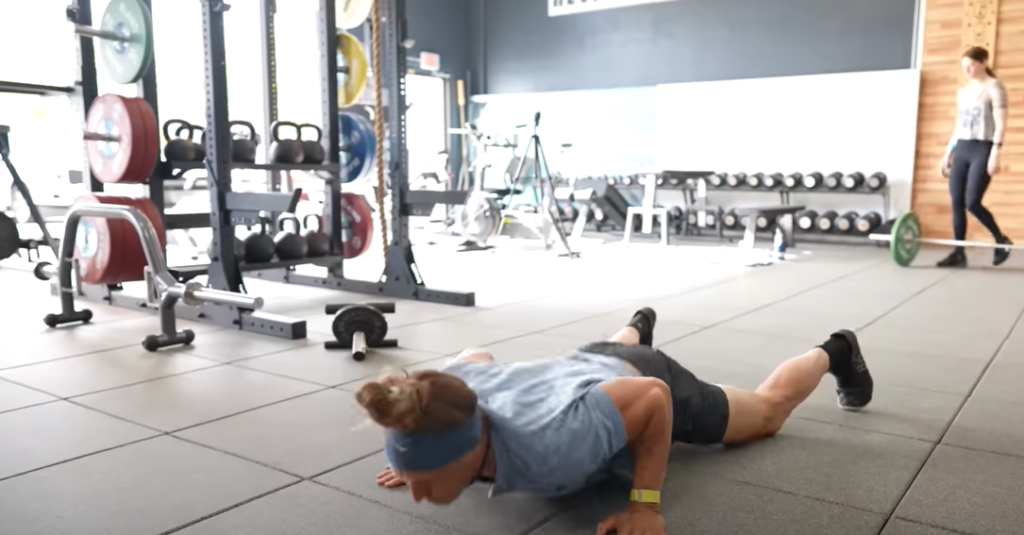
Tips for defined chest muscles
The chest muscles, also known as pectoral muscles or “pecs”, are an important muscle group for both men and women. A well-defined chest not only looks great but also has functional benefits such as improving posture, balance, and upper body strength. In this guide, we will share some tips on how to achieve defined chest muscles.
1. Incorporate Compound Exercises
Compound exercises are movements that engage multiple muscle groups at the same time, making them effective and efficient for building muscle mass. Some of the best compound exercises for developing a strong and defined chest include:
- Bench Press
- Push-Ups
- Dips
- Chest Flys
These exercises target different areas of the chest muscles and should be included in your workout routine for maximum results. It is important to focus on proper form and gradually increase weight or intensity as you progress.
2. Don’t Forget About Your Upper Chest
Many people make the mistake of only focusing on the lower chest when working out their pecs. However, neglecting the upper chest can lead to an unbalanced and incomplete look. To target your upper chest, incorporate exercises such as incline bench press, incline push-ups, and incline dumbbell flys into your routine. This will help develop a well-rounded and defined chest.
3. Vary Your Rep Range
To see progress and continue building muscle, it is important to vary your rep range. This means including both low and high reps in your workouts. Low reps (around 6-8) with heavier weights will help build strength and mass, while higher reps (around 12-15) with lighter weights will help improve muscle definition. It is best to incorporate a mix of both in your routine for optimal results.

4. Don’t Forget About Nutrition
In order for your chest muscles to grow and become more defined, it is important to fuel your body with proper nutrition. Eating a balanced diet with enough protein, healthy fats, and carbohydrates will provide the necessary nutrients for muscle growth. Additionally, staying hydrated is crucial for muscle recovery and overall performance in the gym.
5. Add In Some Isolation Exercises
While compound exercises are great for targeting multiple muscle groups, it is also beneficial to include isolation exercises in your chest workout routine. These exercises specifically target the chest muscles and can help improve definition. Some examples of isolation exercises for the chest include cable crossovers, chest dips with added weight, and dumbbell pullovers.
6. Be Consistent and Patient
Building a well-defined chest takes time, dedication, and consistency. It is important to stick to your workout routine and remain patient as results may not come overnight. Stay motivated by tracking progress and making small changes or adjustments along the way if needed. Remember that with hard work and persistence, you can achieve your desired chest muscles.
In conclusion, incorporating compound exercises, targeting all areas of the chest, varying your rep range, focusing on nutrition and hydration, adding isolation exercises, and staying consistent and patient are key tips for achieving defined chest muscles. Remember to consult with a fitness professional for personalized advice and always prioritize proper form and safety in your workouts. With these tips in mind, you can work towards a strong and defined chest that you can be proud of. So keep pushing yourself and stay motivated on your fitness journey [2]!
How should you eat if chest definition is your goal?
Eating is just as important as exercising when trying to achieve a defined chest. Here are some tips on how to structure your meals for optimal chest definition:
- Eat Enough Protein: Protein is essential for building and maintaining muscle mass, including the muscles in your chest. Aim for at least 0.8-1 gram of protein per pound of body weight. Good sources of protein include chicken, fish, lean beef, eggs, and plant-based proteins like tofu and beans.
- Don’t Neglect Carbs: While protein is important, don’t forget about carbohydrates. They provide the energy your body needs to power through tough workouts and help with muscle recovery. Stick to complex carbs like whole grains, fruits, and vegetables instead of simple carbs like white bread or sugary snacks.
- Don’t Be Afraid of Healthy Fats: Healthy fats are necessary for hormone production and can also help with muscle growth. Include sources like avocados, nuts, olive oil, and fatty fish in your diet.
- Time Your Meals Before and After Workouts: To fuel your workouts and aid in muscle recovery, it’s important to eat a meal or snack containing both carbs and protein before and after your workout. This could be something as simple as a banana with almond butter before a workout and a protein shake with fruit after.
- Stay Hydrated: Drinking enough water is crucial for overall health and muscle definition. Dehydration can lead to decreased muscle mass and strength, so make sure to drink plenty of water throughout the day.
Overall, a balanced and nutritious diet combined with effective chest workouts will help you achieve your goal of a defined chest. Remember to listen to your body and make adjustments as needed to find what works best for you. Keep pushing towards your goals and stay consistent with both your eating habits and exercise routine! So don’t forget to keep track of your progress and celebrate small victories along the way [3].
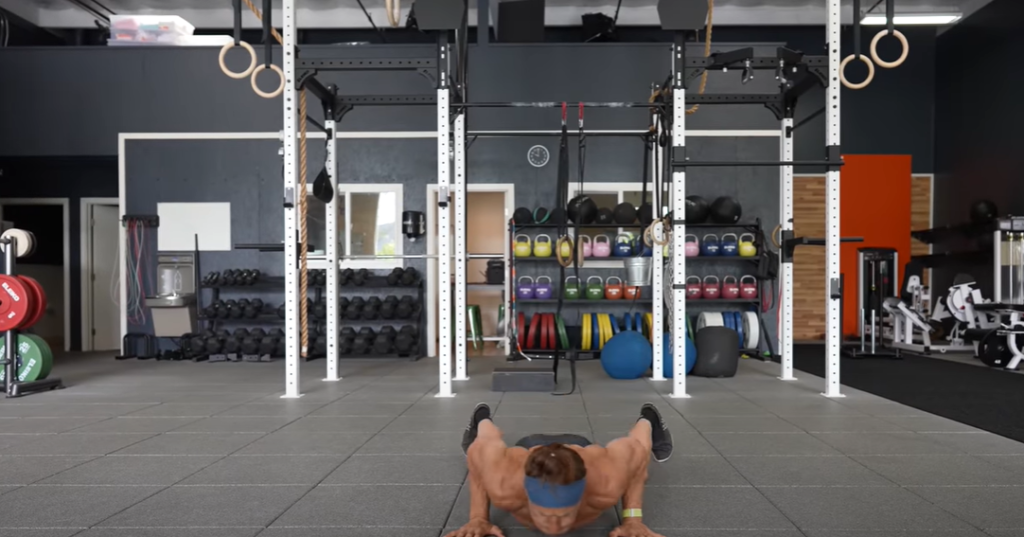
Best Chest Exercises In CrossFit
Standard Push-Ups (And Variations)
Push-ups are a classic chest exercise that have withstood the test of time. In CrossFit, they are often used as a standard benchmark for overall upper body strength and endurance. The beauty of push-ups lies in their simplicity – no equipment is needed, making them easily accessible for anyone to do at any time. They primarily target the chest, but also engage the triceps, shoulders, and core muscles.
Ring Dips
Another common movement in CrossFit workouts is ring dips. This exercise requires a pair of gymnastics rings or suspension straps to perform. Ring dips are a great way to add variety to your chest workout routine as they challenge stability and balance in addition to targeting the chest muscles. It is important to maintain proper form while performing ring dips, as improper form can put strain on the shoulder joints.
Bench Press
The bench press is a traditional strength training exercise that has become a staple in CrossFit workouts. This compound movement primarily targets the chest muscles, but also engages the shoulders and triceps. The use of weighted plates allows for progressive overload, making it an effective way to increase upper body strength. Different variations such as incline or decline bench presses can be incorporated to target specific areas of the chest.
Dumbbell Flys
Dumbbell flys are a popular isolation exercise in CrossFit that specifically target the chest muscles. This movement involves lying on a bench and bringing dumbbells out to the sides in an arc-like motion, engaging the pectoral muscles. Dumbbell flys can also be done with cables or resistance bands for added variety and difficulty.
Push-Up Variations
Aside from the standard push-up, there are many variations that can be incorporated into a CrossFit workout to target different areas of the chest. These include decline push-ups, where the feet are elevated on a box or bench, and handstand push-ups, which challenge shoulder stability while targeting the upper chest muscles. Incorporating these variations can add an extra level of difficulty and help prevent plateauing in your progress.
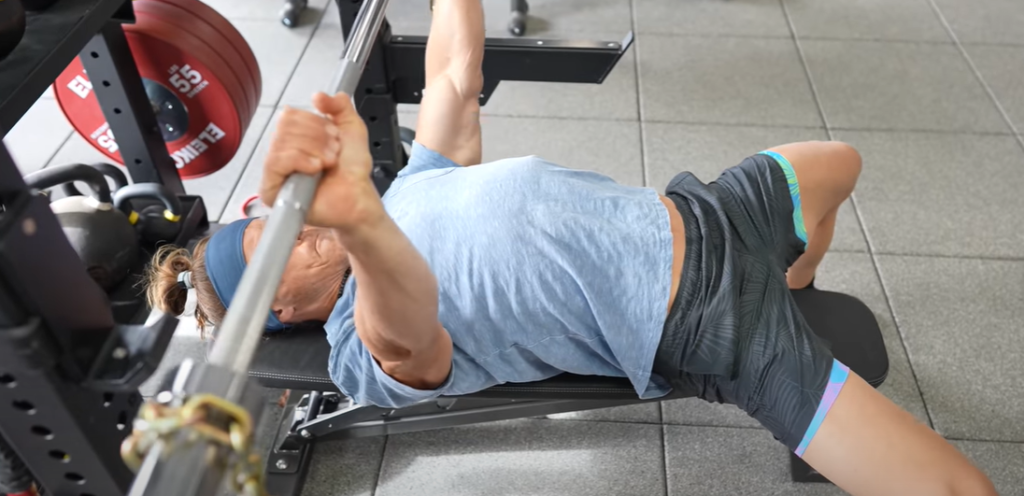
Muscle-Ups
Muscle-ups are an advanced gymnastics movement that require a combination of pulling and pushing strength. This exercise targets the chest, shoulders, and triceps while also engaging the core muscles. Muscle-ups can be challenging to master, but once achieved, they can add a dynamic element to your chest workout routine [4].
Chest Workouts Benefits
There are many benefits associated with chest workouts, the most obvious of which is the development and strengthening of chest muscles. However, the advantages extend far beyond just physical appearance. Here are a few key benefits of incorporating chest workouts into your fitness routine:
- Improved Overall Upper Body Strength: Chest workouts not only target the pectoral muscles, but also engage other muscles in the upper body such as the shoulders, triceps, and back. This leads to a more balanced and stronger upper body.
- Increased Functional Strength: Chest muscles play a crucial role in daily activities such as pushing, lifting, and pulling. By strengthening these muscles through workouts, you can improve your ability to perform these tasks with ease.
- Better Posture: A strong chest helps to support the spine and improve posture, preventing issues such as back pain.
- Enhanced Athletic Performance: Many sports require upper body strength and power, making chest workouts a great addition to any athlete’s training regimen.
- Boosted Metabolism: As with any form of strength training, chest workouts help to increase muscle mass which in turn boosts metabolism and aids in weight management.
- Reduced Risk of Injury: Strengthening the chest muscles can also help to prevent injuries, particularly in the shoulders and upper back.
- Improved Heart Health: Chest workouts can also have positive effects on cardiovascular health. As the chest muscles are strengthened, they can help to support and protect the heart.
In addition to these physical benefits, chest workouts can also have a positive impact on mental well-being. Regular exercise has been shown to reduce stress, anxiety, and improve overall mood. Focusing on specific muscle groups, such as the chest, during a workout can also provide a sense of accomplishment and boost self-confidence.
How Often Do You Need to Train Your Chest?
To train your chest, the recommended frequency is 2-3 times per week. This allows for enough rest and recovery time in between workouts while still providing enough stimulus for muscle growth.
Training your chest is important for several reasons. Firstly, it helps to strengthen and build the muscles in your chest, specifically the pectoralis major and minor. These muscles not only give your chest a more defined appearance, but they also play a key role in many upper body movements such as pushing, pulling and lifting. Additionally, a strong chest can help improve posture and overall upper body strength. Here are some tips for effective chest training:
- Vary your exercises: Instead of only sticking to basic chest exercises like push-ups and bench presses, incorporate different variations such as incline or decline movements to target different areas of the chest. This will help promote muscle growth and prevent plateaus.
- Use proper form: It’s important to maintain proper form during chest exercises to ensure maximum effectiveness and avoid injury. Keep your shoulders back and down, engage your core, and focus on squeezing the chest muscles with each rep.
- Increase weight gradually: As with any muscle group, progressive overload is key for continued growth and strength gains. Gradually increase the weight you lift each week to challenge your muscles and avoid hitting a plateau.
- Don’t neglect other muscle groups: While training your chest is important, it’s also crucial to train other muscle groups in your body for overall balance and strength. Make sure to include exercises for your back, shoulders, and arms as well.
Overall, the frequency of training your chest will depend on your fitness goals and individual recovery abilities. Listen to your body and adjust accordingly, but aim for 2-3 sessions per week to see progress and maintain a strong, well-rounded upper body. Remember to also prioritize rest and recovery through proper nutrition and adequate sleep to support muscle growth. Keep challenging yourself with new exercises and increasing weights to continue seeing results in your chest muscles.
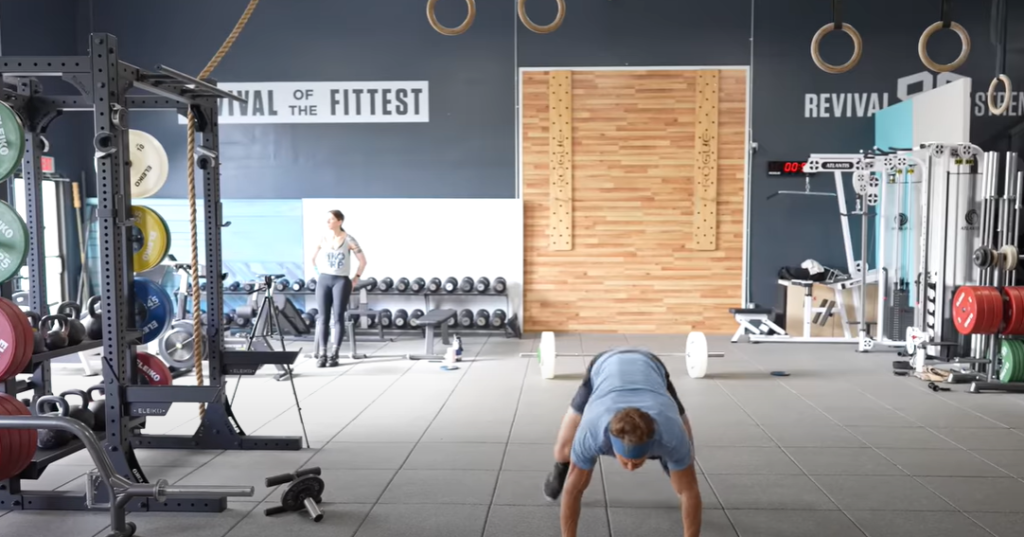
FAQ
How do Crossfitters get a big chest?
There are a few key exercises that Crossfitters utilize to target their chest muscles and build mass. Here are some of the most effective ones:
- Bench Press: This classic exercise is a staple in any chest workout routine. It targets the pectoral muscles, as well as the triceps and shoulders. Crossfitters often use a combination of flat, incline, and decline bench presses to target different areas of the chest.
- Push-ups: This bodyweight exercise is great for building strength and size in the chest. Crossfitters often incorporate push-up variations such as wide grip, diamond, and weighted push-ups to challenge their chest muscles even more.
- Dumbbell Flyes: This exercise isolates the chest muscles and allows for a greater range of motion compared to bench presses. Crossfitters often incorporate flyes into their chest workouts to target the inner and outer areas of their chest.
- Ring Dips: This challenging exercise targets the chest, triceps, and shoulders all at once. Crossfitters often use rings instead of a fixed bar to add an element of instability, making the exercise even more difficult.
In addition to these exercises, Crossfitters also incorporate high intensity interval training (HIIT) and functional movements into their workouts, which can contribute to overall muscle growth in the chest area.
How can I prevent injuries while doing Crossfit?
Crossfit is a high intensity and physically demanding workout, so it’s important to take proper precautions to prevent injuries. Here are some tips for staying safe while doing Crossfit. The first step is to listen to your body and know your limits. Then, make sure to properly warm up and stretch before every workout. This will help prevent muscle strains and tears.
Next, focus on proper form and technique during exercises. It’s better to do fewer reps with good form than many reps with poor form that can lead to injuries. Additionally, don’t be afraid to modify or scale down any movements that you are not comfortable with or may pose a risk for injury.
Rest and recovery is also crucial for preventing injuries. Make sure to give your body enough time to rest and recover between workouts, and listen to any pain or discomfort that may signal an injury. Lastly, make sure to fuel your body with proper nutrition and stay hydrated throughout your workouts. This will help keep your muscles strong and resilient against potential injuries. Overall, it’s important to prioritize safety in order to continue enjoying the benefits of Crossfit without risking injury.
Why can Crossfit be beneficial for women?
Crossfit has gained popularity among women in recent years as it offers a wide range of benefits specifically tailored to their fitness goals and needs. Here are some reasons why Crossfit can be particularly beneficial for women:
- Full body workout: Unlike traditional workouts that may focus on certain muscle groups, Crossfit incorporates functional movements that engage multiple muscle groups at once. This not only saves time but also allows women to get a full body workout in a shorter amount of time.
- Builds strength: Crossfit is notorious for its challenging workouts that target both muscular and cardiovascular endurance. This helps women build strength, not just in their muscles but also in their overall physical and mental resilience.
- Community support: Crossfit is known for its strong and supportive community. This can be especially beneficial for women, as the camaraderie and encouragement from others can help boost confidence and motivation during workouts.
- Adaptable for all fitness levels: Whether you are a beginner or have been working out for years, Crossfit can be adapted to your individual needs and abilities. This makes it accessible and beneficial for women of all fitness levels.

Can I train my chest everyday?
While training chest every day may seem like a good idea for quickly building mass, it’s not recommended. Muscles need time to rest and recover in order to grow and become stronger. Training the same muscle group every day can lead to overtraining, which can result in injury, fatigue, and even a decrease in muscle growth. Instead, aim to train your chest 2-3 times per week with proper rest days in between. This will give your chest muscles enough time to recover and rebuild while still allowing for consistent progress. Remember, quality workouts are more important than quantity when it comes to building a strong and well-defined chest. So make sure to prioritize recovery and listen to your body’s needs for optimal results!
How to stay motivated in Crossfit?
Here are some tips to help you stay motivated and focused on your fitness journey with Crossfit:
- Set specific goals: Whether it’s completing a certain number of reps or mastering a new movement, setting specific and achievable goals can give you something to work towards and keep you motivated.
- Find a workout buddy or join a community: Having someone to hold you accountable and encourage you can make all the difference in staying motivated. Joining a Crossfit gym or online community can also provide a sense of camaraderie and support to keep you on track.
- Mix it up: Sometimes doing the same workouts can become monotonous and lead to a lack of motivation. Don’t be afraid to mix things up by trying new exercises or adding variety to your routine. This can also help prevent plateaus in progress.
- Celebrate small victories: Don’t discount the importance of small achievements. Each time you reach a new PR or complete a challenging workout, take a moment to celebrate and acknowledge your progress. This can help keep you motivated and inspired to keep pushing towards bigger goals.
Where can I find Crossfit workouts for beginners?
If you’re new to Crossfit, it’s important to start with the basics and gradually build up your strength and endurance. Here are some resources where you can find beginner-friendly Crossfit workouts:
- Online Crossfit communities: Many Crossfit gyms and online communities offer free resources for beginners, such as modified workout plans and instructional videos. Joining these groups can also provide a sense of community and support as you start your journey.
- Crossfit official website: The official Crossfit website offers a wide range of beginner-friendly workouts that can be done at home or in a gym setting. These workouts are designed to introduce you to the foundational movements and gradually increase in difficulty as your fitness improves.
- YouTube: Many Crossfit athletes and trainers share their workouts on YouTube, making it a great platform for finding beginner-friendly exercises and modifications. Just make sure to follow reputable sources for accurate information and proper form.
Useful Video: Functional Muscle 4: Can You Build Your Chest With CrossFit? 30 Minute Workout
Conclusion Paragraph
So, if you want to train your chest, you can use some CrossFit workouts to help you in your training. Some popular CrossFit exercises for chest include push-ups, bench press, dumbbell flyes, and chest dips. Moreover, incorporating CrossFit workouts into your regular workout routine can lead to faster muscle growth and improved overall fitness. By constantly challenging your body with a variety of movements and intensities, CrossFit helps prevent plateaus and keeps your workouts interesting.
References:
- https://teachmeanatomy.info/upper-limb/muscles/pectoral-region/
- https://www.healthline.com/health/fitness-exercise/best-chest-exercises#tips-for-hypertrophy
- https://www.livestrong.com/article/547270-what-foods-to-eat-to-get-a-big-upper-chest/
- https://athleticmuscle.com/crossfit-chest-workouts/

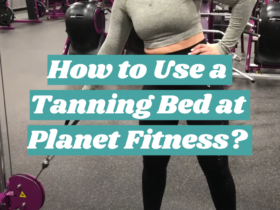



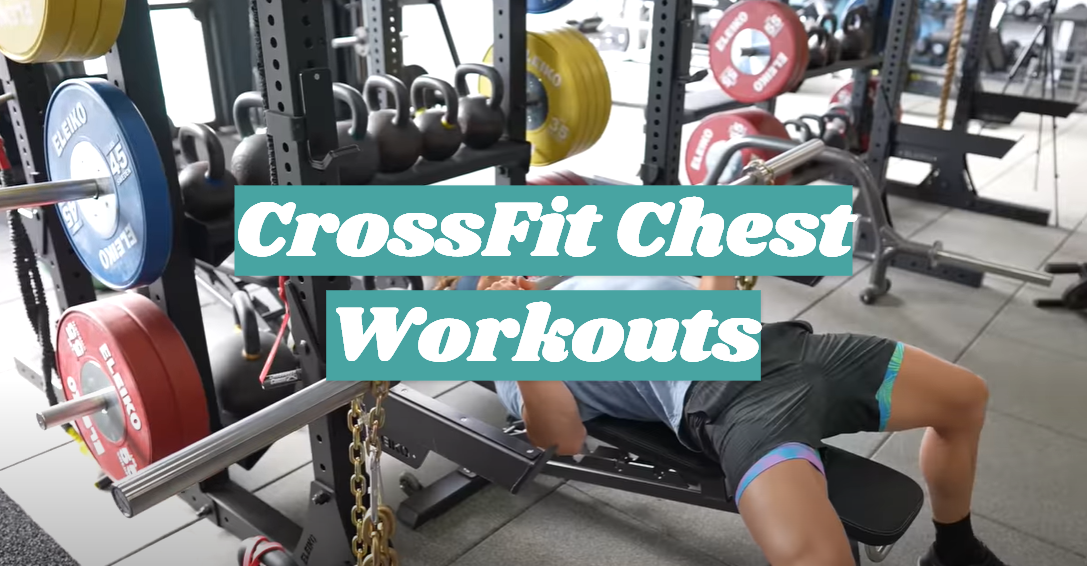
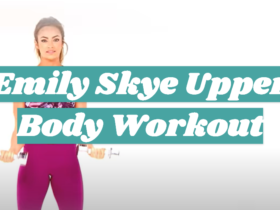
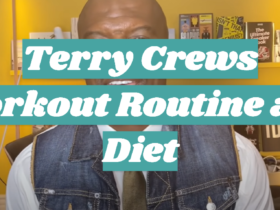
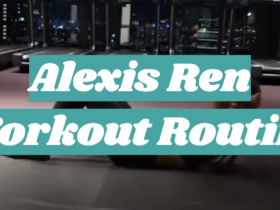

Leave a Review